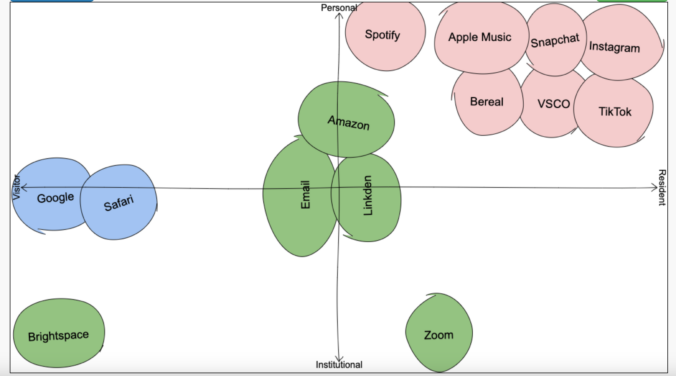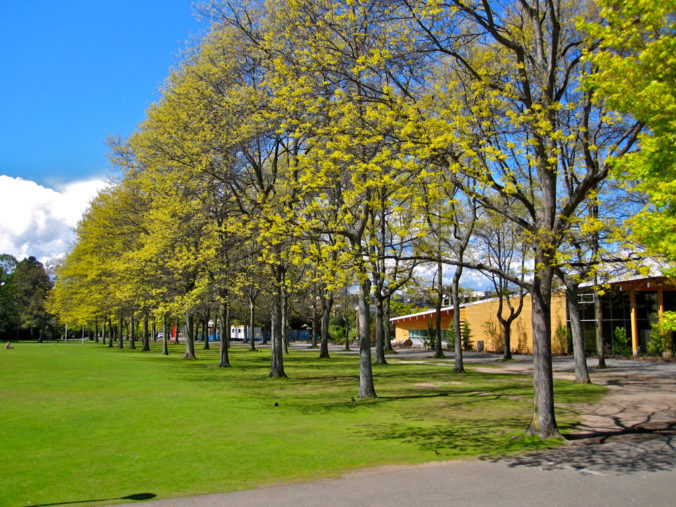How does social media engage communications?
Social media has completely changed how individuals interact with one another. It has altered how we communicate, share information, and discuss with others. Through the use of social media, we can contact others in real-time. We have rapid access to friends and followers and can share our opinions and experiences conveniently. Social media, unlike conventional media, enables two-way contact between sender and recipient. Conversations, criticism, and message responses are all possible. Social media has a worldwide audience, allowing users to interact with individuals from all over the world. It will enable people, companies, and organizations to connect with more people and create a community. Social media platforms allow users to communicate using various media, including text, photos, videos, and audio. As a result, there are more chances for people to express themselves and have dialogues. Users may customize their communication experience on social media by selecting who they follow, what they share, and how they interact with others. This fosters community and the development of relationships.
How does social media challenge communications?
Social media has transformed communication and brought forth numerous difficulties that influence how we interact. Information overload: It can be challenging to go through a large amount of information on social media to find factual and helpful information. Individuals are prone to feeling overloaded and may struggle to comprehend all the information. Social media algorithms frequently present users with material that matches their interests and preferences, resulting in “filter bubbles.” This restricts exposure to other points of view and may result in a dearth of diverse opinions. Lack of nonverbal clues in social media communication, such as tone of voice and facial expressions, can result in misunderstandings and misinterpretations. Cyberbullying has found a home on social media detrimental to people’s mental health and their capacity for honest and open communication.
Is it inclusive?
Social media platforms strive to be inclusive and offer everyone an equal chance to join and communicate. Nonetheless, there are still issues that might harm inclusion. Social media networks include accessibility features for impaired users, such as subtitles and assistance for screen readers. Social media may promote community formation by enabling people to interact with others with similar interests, experiences, and identities. Although if social media sites work to be inclusive, issues like cyberbullying, hate speech, and discrimination can still influence inclusion.
Does your PLN amplify the views of others?
A person’s PLN helps spread other people’s opinions. A person’s network of contacts and resources that they rely on to learn and grow personally or professionally is referred to as their learning network (PLN). People can express their opinions and viewpoints while amplifying those of others by interacting with individuals in their PLN. A person may, for instance, share a post or article from a member of their PLN, which might then be shared by other people in their networks, expanding the audience and exposure of the original post.



Recent Comments